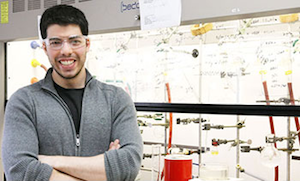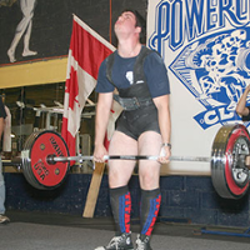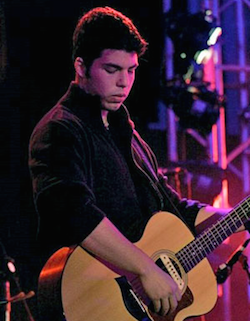Invisible Chemical Structures Inspire New Material Designs


In 2010, Guterman began his PhD under the supervision of Dr. Paul Ragogna, focusing on the synthetic fundamentals of chemistry – observing bonding environments and gaining insight into how molecules are held together, while applying these findings to create novel materials. Constructing new materials not only increases understanding of structure, bonding, and reactivity, but can be used to assess potential applications for value-added products. “As applied chemists, our aim over time is to show that we have made materials that are more effective and can be produced at a lower cost than products currently on the market.” This is accomplished, in Guterman’s research, by using phosphorus to introduce new, useful properties which may result in social and economic benefits. “Some of the materials we make could be used for antimicrobial surfaces or as flame retardants,” says Guterman.

Outside of the laboratory, Guterman spends his time in the gym. He believes that weightlifting is a great way to manipulate and challenge the body, pushing it to its limit. “I did competitive weightlifting for a few years and qualified for nationals, getting 4th place in my weight division despite being a junior at the time” comments Guterman, “I had one of the heaviest squats at 440lbs.” Although not currently competing, he continues to preserve his level of activity and strives to improve his culinary skills to compliment his fitness goals. Music and playing the guitar is another hobby Guterman plans to carry on throughout his life. “My father always played guitar in our house, so I grew to love it. Music will always be a big part of my life.” says Guterman.
Once his PhD is complete, Ryan Guterman plans to pursue a Post-Doctoral degree in a Europe. “Science is an international field,” says Guterman, “Being a part of a different system gives you a new perspective, and can diversify your knowledge to help you become a better scientist.”
Guterman envisions himself eventually working for a large science-focused organisation. “At some point, I want to get involved with the business side of science,” says Guterman, “I want to communicate the science behind the products, helping those in industry understand how a product really works so they can sell it effectively.”

